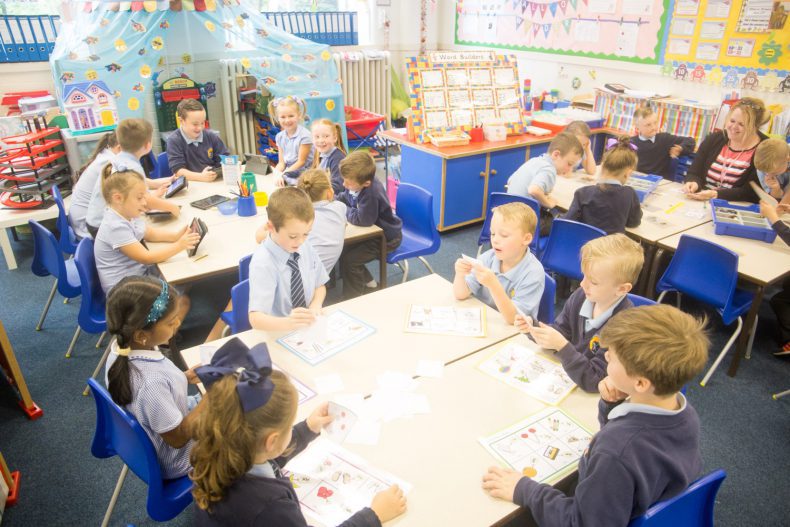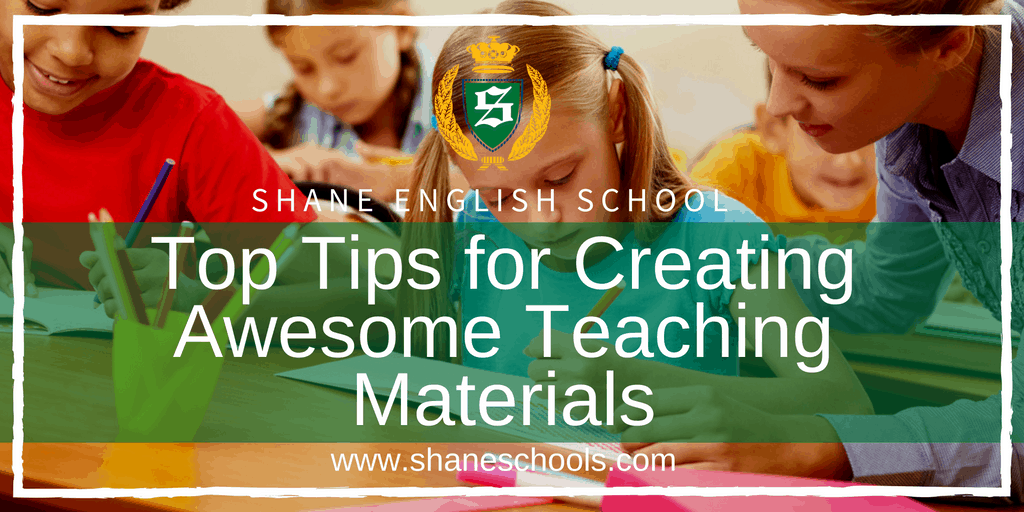New Info On Choosing Italian Primary Teaching Aids
Wiki Article
What Is The Informational And Educational Content That Primary And Secondary Schools Require?
To support the students' development and learning, kindergartens and primary schools must provide a range of educational and informational materials. Examples of things that might be required include: Curriculum materials These are materials designed to support the learning objectives of the school's curriculum. They could include workbooks, textbooks, lesson plans and other resources.
Classroom Equipment - For small children, classroom materials such as pencils, papers scissors, glue and other art supplies are essential.
Educational Technology- In the current digital world, educational technology like tablets, computers as well as interactive whiteboards and many other tools can help enhance the learning process and provide additional resources to students.
Books- Kindergarten and primary schools require a range of age-appropriate literature to help encourage reading and develop language.
Play with blocks, puzzles or games for your child to develop their spatial skills.
Visual aids. Visual aids such as posters maps, charts, and posters can help children understand and retain important concepts.
Music and art material- Children can express themselves through art and music. Materials like paints as well as instruments and clay are perfect for this.
Safety supplies are essential for students and staff's security. This includes a first aid kit including fire extinguishers and emergency plan posters.
All in all, kindergarten and primary schools need a range of information and educational tools to provide a stimulating and secure learning environment for their pupils. Have a look at the top rated sostegno scuola primaria for blog recommendations.

What Math-Related Teaching Materials And Tools Are Recommended For Italian Nurseries
Materials and educational aids that teach mathematics can help children improve their spatial and problem-solving abilities. Here are a few examples of suggested materials counting manipulatives Use manipulatives for counting, such as counting bears, blocks, and beads are a great way for children to improve their counting skills as well as their fine motor skills as well as hand-eye coordination.
Charts and numbers: These charts and cards can be used to teach children about numbers and how to count. They can be colorful and large numbers that are hung on the wall, or they can be smaller cards that youngsters can manipulate.
Shape manipulatives. Children can be taught about various shapes using shape manipulatives. These include wooden puzzles, pattern blocks as well as magnetic tiles.
Measuring Tools: Measuring tools such as rulers (or measuring tapes) as well as scales (or scales), and measuring tapes are utilized to help children build their mathematical vocabulary as well as learn about comparisons and measurements.
Simple games can be used to enhance the problem-solving skills of children. They can also help improve their concentration and their attention.
Technology-based aids: Technology based aids, such as tablets loaded with math games, and apps that are educational can engage and motivate children. They also provide extra aids to help them to learn.
These materials must be safe, appropriate for development and suitable for children. These materials can be used by teachers and caregivers to create interactive and engaging math-related activities for children that will encourage their curiosity and love of education. Check out the top rated materiale didattico matematica for more examples.

What Are The Best Scientific Tests For Italian Nursery Schools?
Science didactics cards can be used to introduce fundamental scientific concepts to infants and children. Here are some examples of science-related didactic cards that may be advised: Animal cards Animal cards can assist children to discover about various animals and their unique characteristics. They could feature images of animals and their habitats to make learning more interesting.
Plant cards: These cards can aid children in learning about various plants and their traits. To make the learning process more enjoyable, they could feature illustrations of plant development stages as well as illustrations.
Weather cards. They are a great way to aid children in learning about weather conditions and their effects on the environment. You can use illustrations to illustrate the weather conditions such as sun, snow, rain and clouds.
Space cards: Space card are a great way to help children learn more about the solar System and the various planets it has. The cards could include pictures of planets, their unique features, and additional information.
Human body card: Cards about the human body could be used to aid youngsters understand the different organs of the body and their purpose. These cards may include illustrations showing the functions of various body parts.
It is important to choose science didactic cards that are age-appropriate, engaging, and interactive for young children. These cards can be used by caregivers and teachers to design interactive and enjoyable science activities for children that will encourage their curiosity and enthusiasm for learning. Check out the recommended schede didattiche scienze for website recommendations.

What Geography-Related Educational Cards Should Italian Schools Use?
Geography didactics cards are an excellent way to introduce young children in Italian kindergartens to the basics of geography. Here are some types of geography-related educational cards that could be suggested: Continent cards: Continent cards help children understand about the different continents of the world as well as their geographical location dimensions, sizes, and natural features.
Country Cards: These cards aid youngsters to understand the various countries they reside in, their flags as well as their language and culture.
Landmark cards: Landmark cards can help children learn about famous landmarks and natural features from all over the world, and also their significance and location.
Animal cards: These cards assist youngsters to understand the various animals that reside in different habitats and settings around the globe, as well as their diet, behaviors, and adaptations.
Weather cards. Children can use the weather cards to understand different types of weather and the effects they have on the environment.
Natural resource card: Children can find out more about applications of the various natural resources, including water and forests.
It is crucial to select maps that are fun and engaging for kids. Teachers and caregivers can make use of these interactive cards to create activities in geography that stimulate children's enthusiasm and curiosity for learning more about the world. Have a look at the top rated materiale didattico geografia for blog recommendations.
